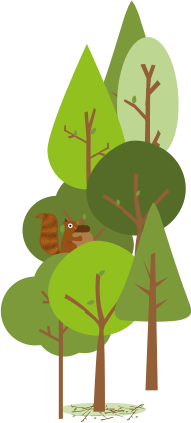

Blog
Adventures in Nature



We asked a few of our team if they’d like to write a short piece about bluebells so this month’s blog takes the form of four voices, all focusing on these woodland gems. (more…)







We asked a few of our team if they’d like to write a short piece about bluebells so this month’s blog takes the form of four voices, all focusing on these woodland gems. (more…)

